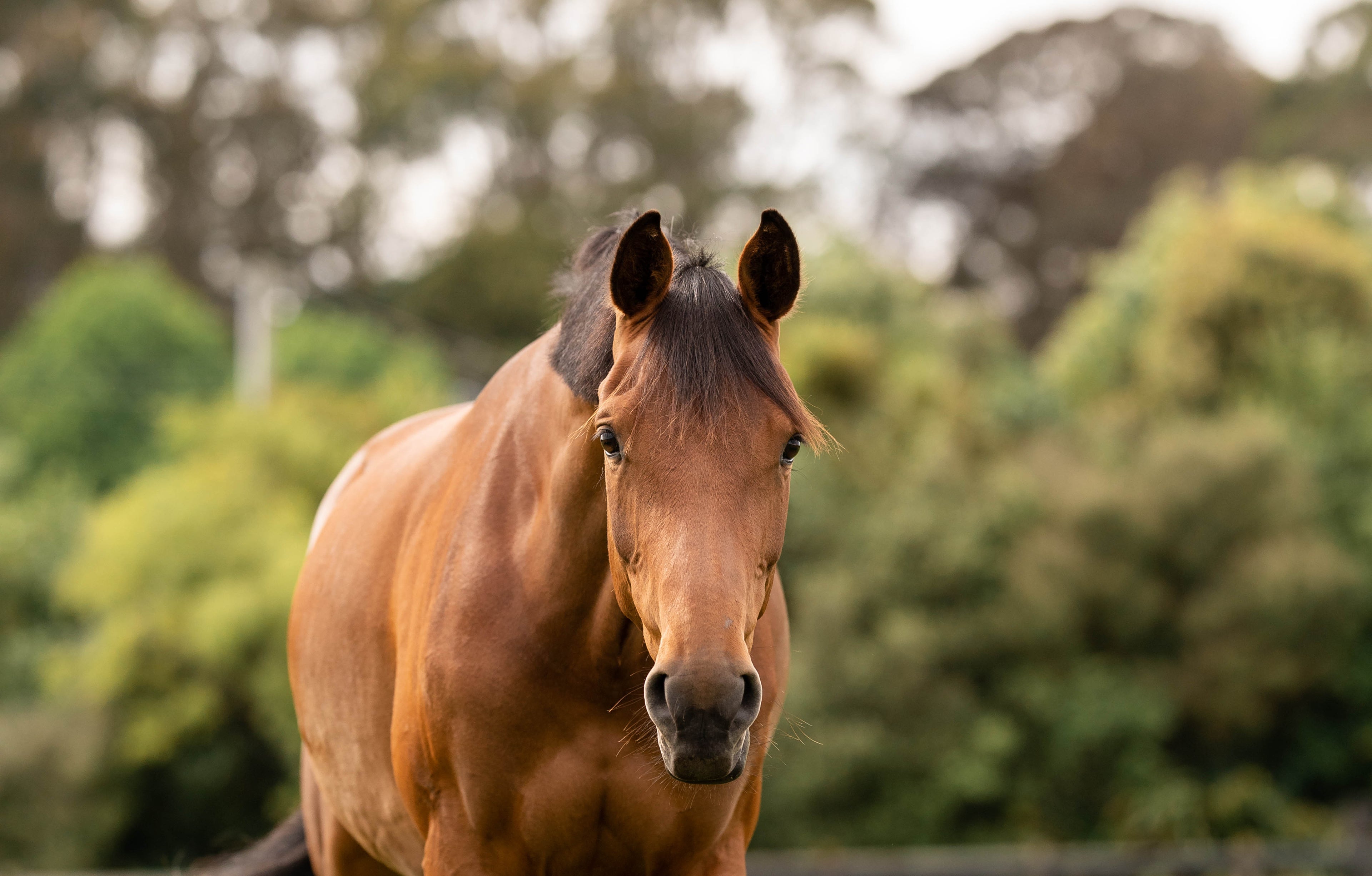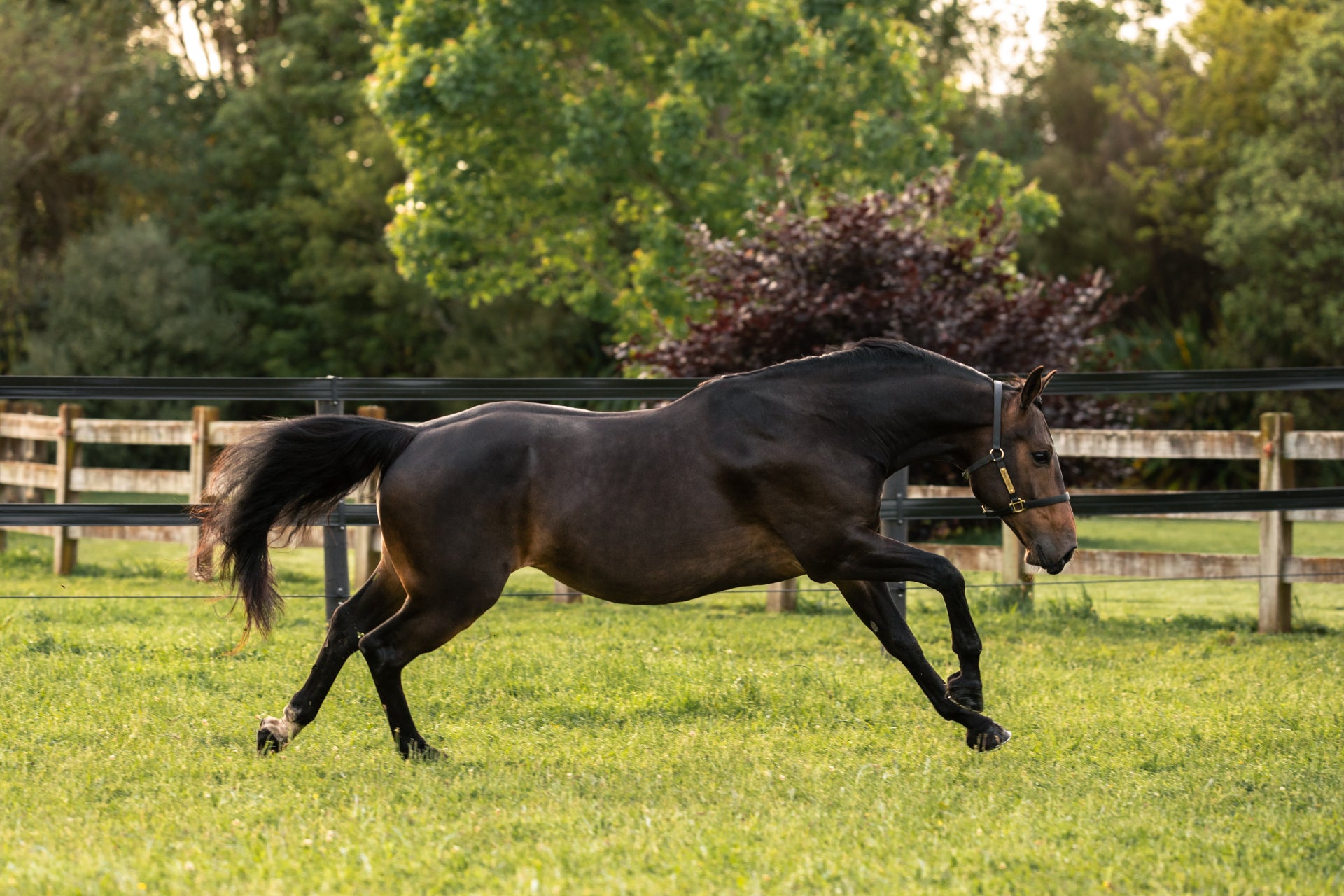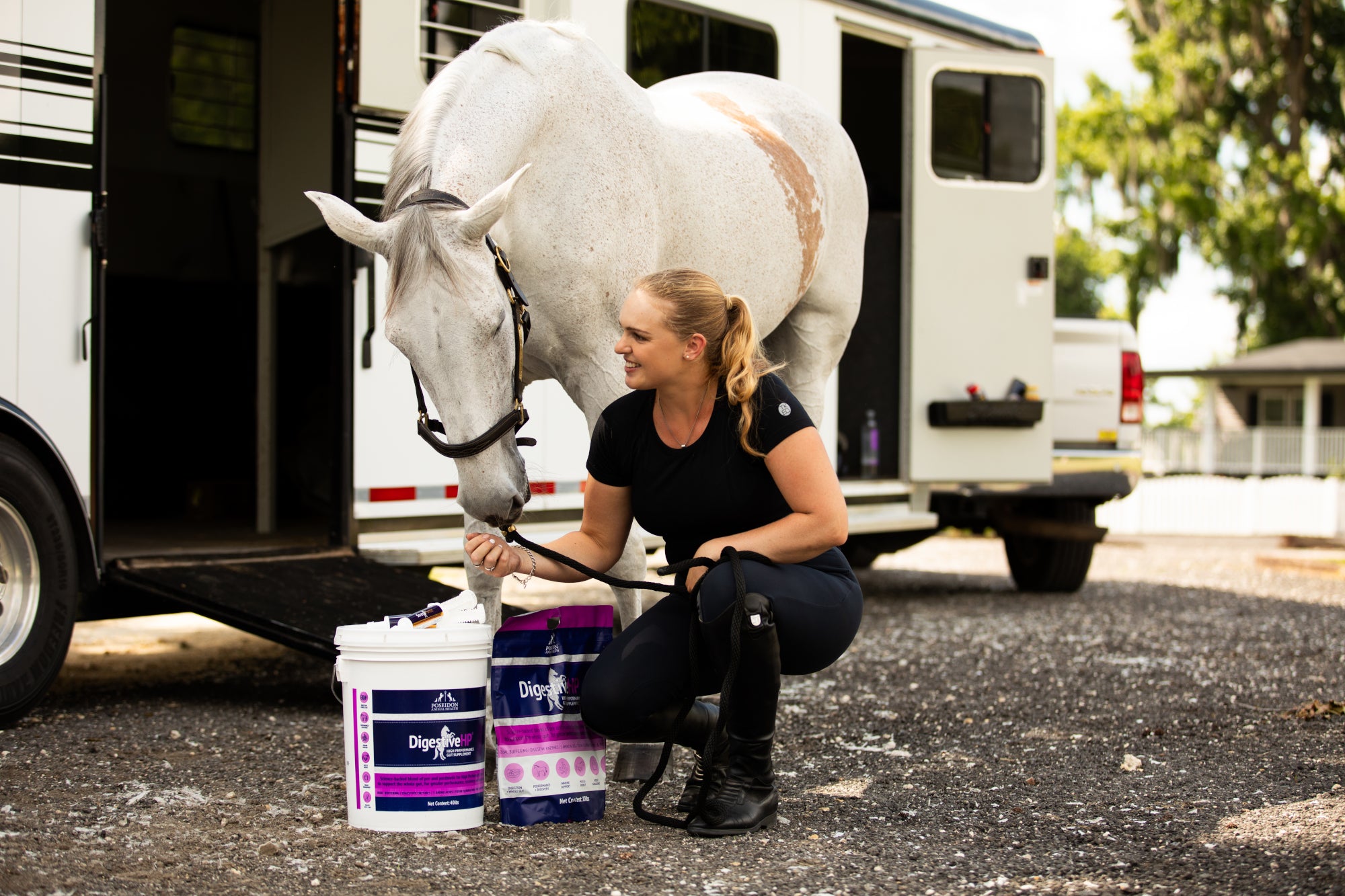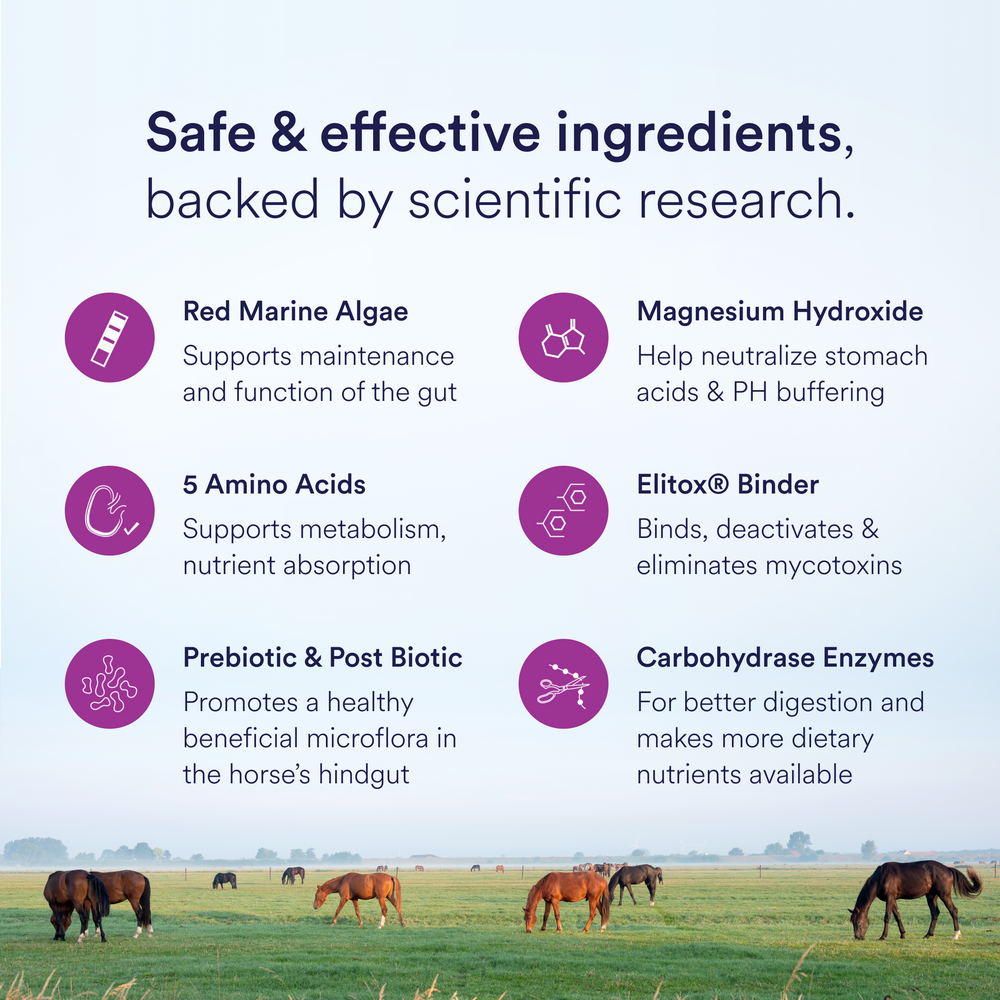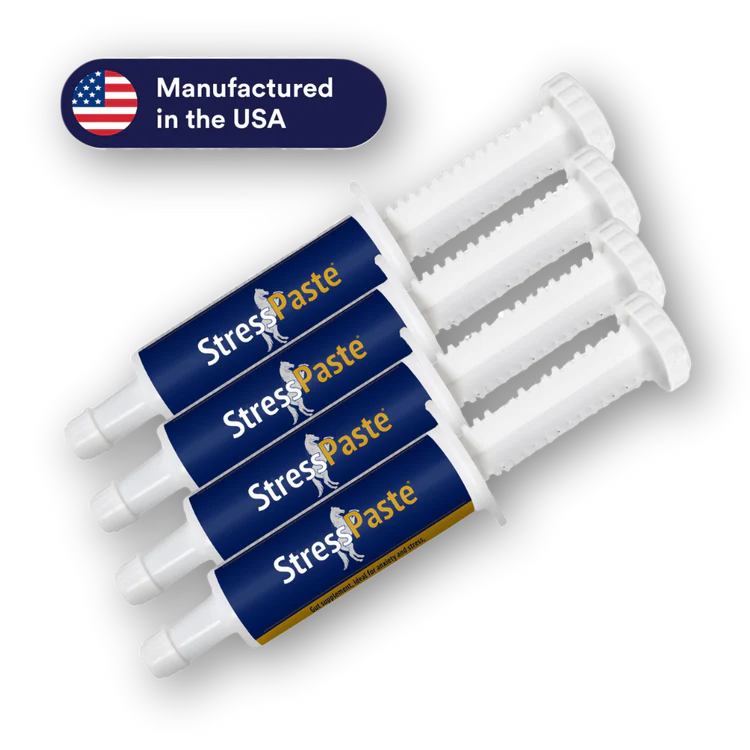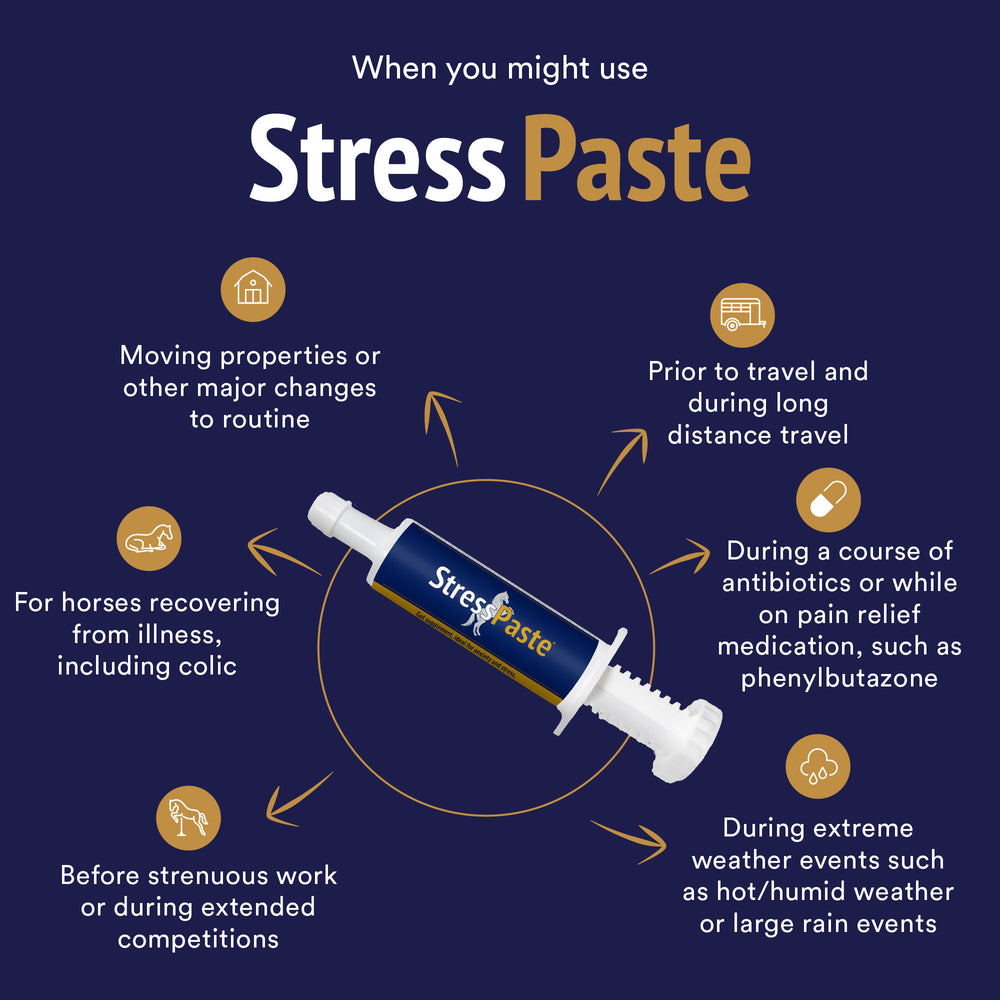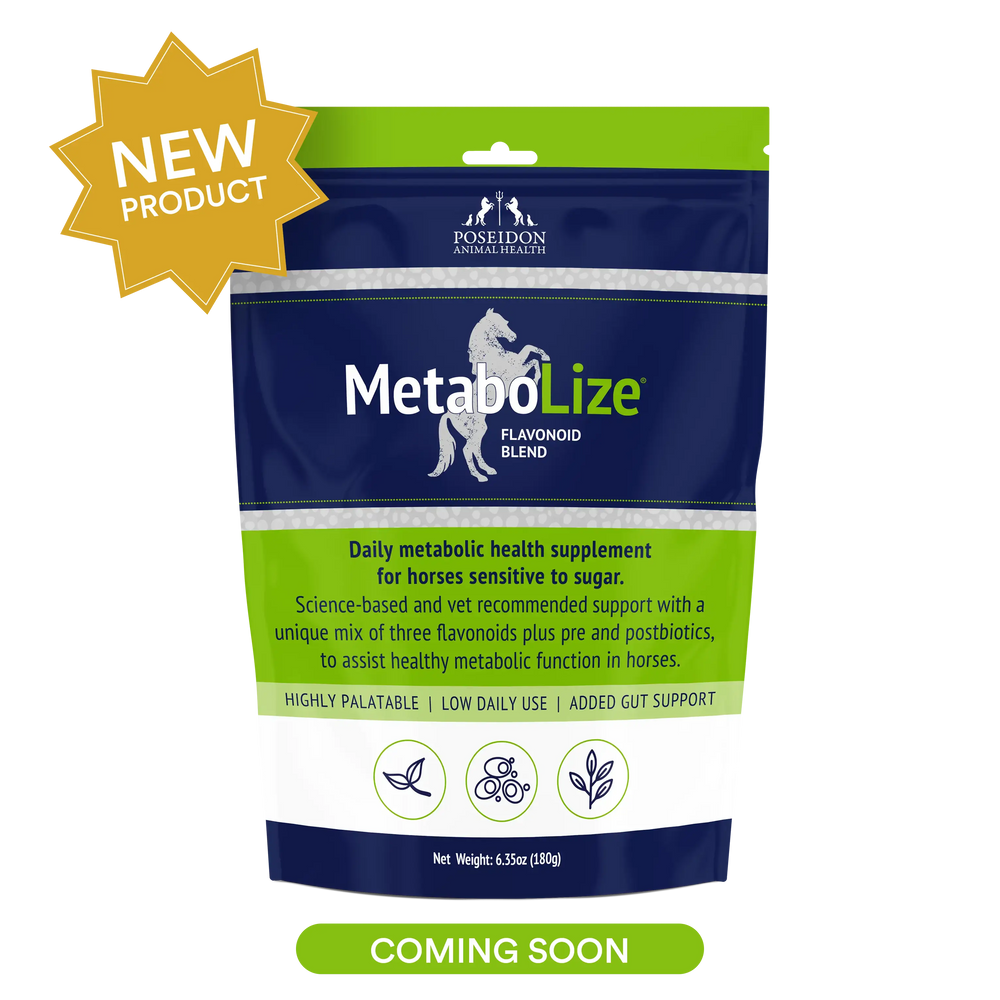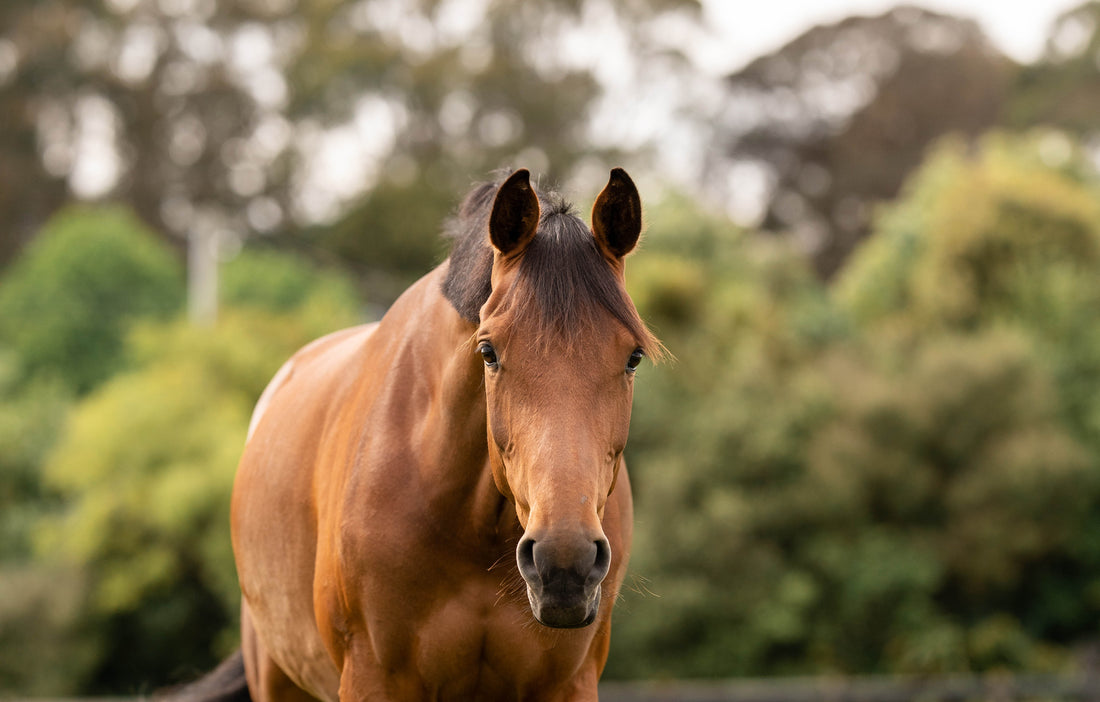
Our horses owe us nothing. But ask yourself: what do we owe them?
This article has been written by Linda Goldspink-Lord (Founder) and reviewed by Dr Erin Roddy DVM and Dr Chris Mortensen PHD
It is humbling to consider the incredible impact horses have had in shaping history. In fact, you could argue no other animal has impacted humanity as much as the horse.
Thousands of years ago humans domesticated horses, and in doing so revolutionized travel, farming, trade, warfare–literally advancing the development of civilizations. Horses have changed our history in significant ways, but have we considered how we have supported them through time? How has humanity impacted the horse’s own evolution?
Humans have dramatically changed the lives of horses.
Domestication has taken our horses so far away from their biological origins and herd existence. In less than 0.01% of the time the horse has been on earth, we have dramatically changed how they live, move about, relate to each other, and even eat.
We have reduced the number of hours spent grazing, reduced their fiber intake, reduced their forage and fiber variety, introduced high starch grains AND introduced higher levels of stress! Today’s diets, which are high in starch and sugar, calorie-dense, and fed sporadically, all have proven to further stress a horse’s GI tract in contrast with how their bodies were designed. So many of the health and behavioral problems we see today are really adaptation problems.

Horses are designed to live in a herd situation*. This herd has a range of ages, is predominantly female, and has a predictable hierarchy and routine. This herd would move nearly constantly over large distances to find and consume feed. Once or twice a day, they would return to a familiar location to drink water and rest. Resting would occur in a rotation, under security of known and trusted herd members. The older females of the group are responsible for remembering the “history” of the group: returning to places to graze based on season, where fresh water can be found, and where it is safe to rest and give birth. The herd would engage in low-level exercise nearly constantly and consume a wide variety of native grasses and other forage sources such as wild plants, shrubs and weeds.
The herd provides horses with a vast array of social interaction, from play to comfort, and some conflict when hierarchies are re-established. This is normal for horses, and served to exercise their minds as well as their bodies. Their teeth and feet, which are designed to grow constantly, are kept in check by continuous movement and eating. Their expansive lung capacity breathes fresh air, which carries the scent of possible predators and weather changes. Their vast digestive system is constantly full of a variety of fiber-rich but calorie-poor forage. Their extensive musculature is kept fit and free of excess fat through constant low-impact exercise and some short bursts of more intensive cardiovascular efforts.
Let’s compare this natural life to modern horses
Today’s horses live a predominantly sedentary lifestyle. Many spend much of their time in a stall, stable, small run or turnout pen. They have limited access to native grass and cannot access a wide variety of forage sources. At most, many horses have access to one or two types of high calorie, rich forage which is fed at best 2-3 times per day. Today’s soils can be deficient in critical vitamins and minerals. Then, if a horse does have access to grass, it is rarely native and often too high in sugar and too rich in protein for their delicate systems to process.
Many horses receive only 1 hour per day of exercise, many even less, and that exercise is often intense and stressful both mentally and physically.
It is incredibly rare for modern horses to engage in any free social interaction or natural herd dynamics**. For a horse, being kept alone in a stable without access to fresh air or changes in weather, without the freedom to move any distance, and without social interaction, is often compared to human prisoners who are sentenced to the restriction of solitary confinement, while still having their basic survival needs provided for.
Horse owners so often confuse acceptance and desensitization in horses with happiness and contentment.
Horses are prey animals; they are stoic by nature to hide pain or weakness from predators. We have also trained horses over centuries to accept what we ask of them. Over the centuries, modern horses have been bred and selected to be most biddable horses with those genetics to be submissive. Many stand quietly in a stall without protest. They learn their routine to go to a stable and do so willingly, but this does not mean that they “like” it, or even that it makes them happy or healthy.
If we are truly honest with ourselves, those of us who have introduced a horse to a stable for the first time will remember their dislike for it. We train them to accept the isolation, boredom, and fear. Just because they are trainable and accept what we impose on them doesn’t mean it is the best thing for the horse.
How can we measure how well horses are evolving?
Stabling, limited turnout, high-grain diets and transport all deprive horses of their preferences for friends, forage, and freedom of movement.
When a species encounters dramatic changes in its environment, it must adapt to survive. The failure to adapt presents itself as abnormalities and disease processes. In horses these abnormalities present in ways like osteochondrosis, club feet, tumors, anhdrosis, tying up, bleeding from the lungs after exercise, and even stereotypies such as cribbing, weaving and pacing. Disease processes show up as health issues such as gastric ulcers, metabolic issues, Cushing’s Disease, laminitis, grass intolerance, allergies, anxious behavior, diarrhea or abnormal manure, and recurrent colic.
Metabolic, digestive, circulatory, hoof, joint and musculoskeletal health, and nervous systems, as well as all other systems and functions of the horse, are dependent on adequate and appropriate movement and diet for normal functioning and quality of life.
We cannot return horses to their natural state; so, what CAN we do?
We must use our increased knowledge to create change. We have learned an incredible amount about the horse in our time with them. We know how they are designed to live and work, and we also know that a lot of our current systems aren’t working. Horses are incredible animals! They perform to the best of their ability despite all the changes we have forced upon them. We owe it to them to do the best we can for them, and they will only perform better for us.

We owe it to our incredible horses to use our collective knowledge to do better!
What can we do better to honor our horses and improve their welfare? Let’s look at what aspects of their lives we can control to create more positive conditions for them.
1. Make turnout the default rather than the exception.
- Only stable your horse if absolutely necessary, and for as little time as possible.
- Make stabling as enriching for the horse as possible by providing continuous access to a variety of forage.
- Choose large airy stables that are cooler rather than warmer.
- Ensure stabled horses can see and interact with other horses but in spaces that are also big enough for them to feel they can get away from their neighbors if necessary.
2. A balanced diet is most important!
- Forage including pasture, hay and cubes needs to be the foundation of any horse’s diet. Best practice is 1.5-2%+ of the horse’s body weight per day–and have it constantly available.
- Ensure a fiber-based diet and bring in as much variety as possible. A wide variety of forages is recommended including a mixture of grasses (bahia, bermuda, rye) and legumes (alfalfa, clover).
- Every forage is deficient in some critical nutrients. Thus, always balance your horse’s diets with necessary vitamins and minerals (you can easily balance most pasture-based diets with Digestive VM and nature's offerings (eg. Flavonoids).
- Keep oats and other cereal grains to a minimum and make sure the grains fed are well cooked. Extruded and micronized grains can be easily digested in the foregut of the horse, which means they won’t travel through and disrupt a horse’s hindgut bacteria. Digestive EQ and RP contain digestive enzymes that will help digest any grain-based feeds.
3. Gut health is pivotal for a horse's overall wellbeing.
- Horses make stomach acid 24/7. The upper portion of the stomach is not protected, as horses are meant to continually graze and their stomach was never meant to be empty. Too much acid in an empty gut can trigger acidosis, which can lead to unbalancing the gut microbiome.
- Horses are completely reliant on their hindgut bacteria for proper digestion of their fiber-based feeds and plays important roles in overall health and wellbeing.
-
From birth, horses are designed to start populating healthy gut bacteria.
- Mare's milk is designed to feed the good bacteria.
- Foals even eat their mothers and other herd members' manure to establish their own healthy microbiome. - Horses need access to a free choice fiber/forage-based diet with as much diversity as possible.eg different types of hay or beet pulp.
- Dietary changes must be made slowly for all feeds, including when you change fiber sources. This allows time for the horse’s gut bacteria to adapt to the change. At minimum it should take 14 days to change over a horse to its new diet.
4. Limit and manage stress.
Stress is a hidden killer! Research shows a stressed horse secretes more acid into the stomach and cortisol into their system. Prolonged stress leads to chronic inflammation and leaky gut.
So, what stresses a horse?
- Time off feed
- Empty stomach and GI tract
- Unpredictable and uncontrollable situations
- Confined spaces
- Lack of social interaction
- Unstable social hierarchy
- Intense and sporadic exercise (especially on an empty stomach)
Try to reduce stress wherever possible for your horse.
- Recognize and plan for the stress associated with traveling, competition or introducing change.
- Try to keep everything as consistent as you can with your feed, water and regimen while away.
- Using a targeted product like Stress Paste can really help reduce the stress on your horse's gut during traveling and competition.
5. Allow social interaction.
Simply allowing horses to have paddock mates can make a world of difference to their happiness, stress levels, and subsequently their physical condition. There are many ways to get creative with social interaction if herd turnout or a paddock mate isn’t an option.
6. Always rule out pain and inflammation before labeling it a training problem.
Gastric ulceration, hindgut imbalance and inflammation are literally a real “pain in the gut” for our horses. Poseidon’s innovative gut supplement Digestive HP contains prebiotics and postbiotics to help feed the gut bacteria and balance the hindgut microbiome. Included are digestive enzymes and pH buffers to help prevent gastric ulceration, and amino acids to support gut lining repair.
7. Don’t “cook” your horses!
Horses are comfortable between 46 and 59 degrees Fahrenheit, meaning they need nothing more than their natural coat.
- Above 68 °F, they will need help cooling off – access to shade and fresh cool water. If there is no breeze, then cool hosing in the heat of the day can help.
- Below 41 °F, the best way to warm a horse is to provide plenty of free choice forage and access to open space to exercise. Replacing a clipped coat with one layer of blanket warmth is fair, but more layering than that requires exceptionally close monitoring to make sure that the horse is not too warm. Imagine being forced to wear multiple layers of sweaters and jackets on a hot day and not being allowed to take them off–this is equivalent to unnecessarily blanketing a horse.
- Horses are designed to regulate their temperature, and can effectively warm themselves up, while it is very hard for horses to cool down.
8. Invest in a great farrier or trimmer.
Horses are designed to travel constantly in their herds, creating significant wear on their hooves. Inadequate or unbalanced trimming, or incorrect shoeing can create pain and issues in their hooves–but can also affect their posture, placing huge strain on their bodies. This can also lead to a limited range of movement and significant ongoing pain.
Understanding their dietary needs as outlined above also goes a long way toward ensuring that your horse has strong healthy hoof growth, and avoids metabolic conditions which can trigger recurrent laminitis.
We have the knowledge, now it’s over to us
We will continue to compete, travel and interact with our horses, but now with improving access to key knowledge, resources and information sharing, we have the opportunity to make this interaction better for our horses, and in turn better for us.
References:
-
*McDonnell, S. M. (2003). A practical field guide to horse behavior: The equine ethogram. Eclipse Press.
-
**Lesimple, C., Gautier, E., Benhajali, H., & Hausberger, M. (2019). Stall architecture influences horses' behaviour and the prevalence and type of stereotypies. Applied Animal Behaviour Science, 219, 104833. https://doi.org/10.1016/j.applanim.2019.104833
-
***Torres Borda, L., Auer, U., & Jenner, F. (2023). Equine social behavior: Love, war and tolerance. Animals, 13(9), 1473. https://doi.org/10.3390/ani13091473

